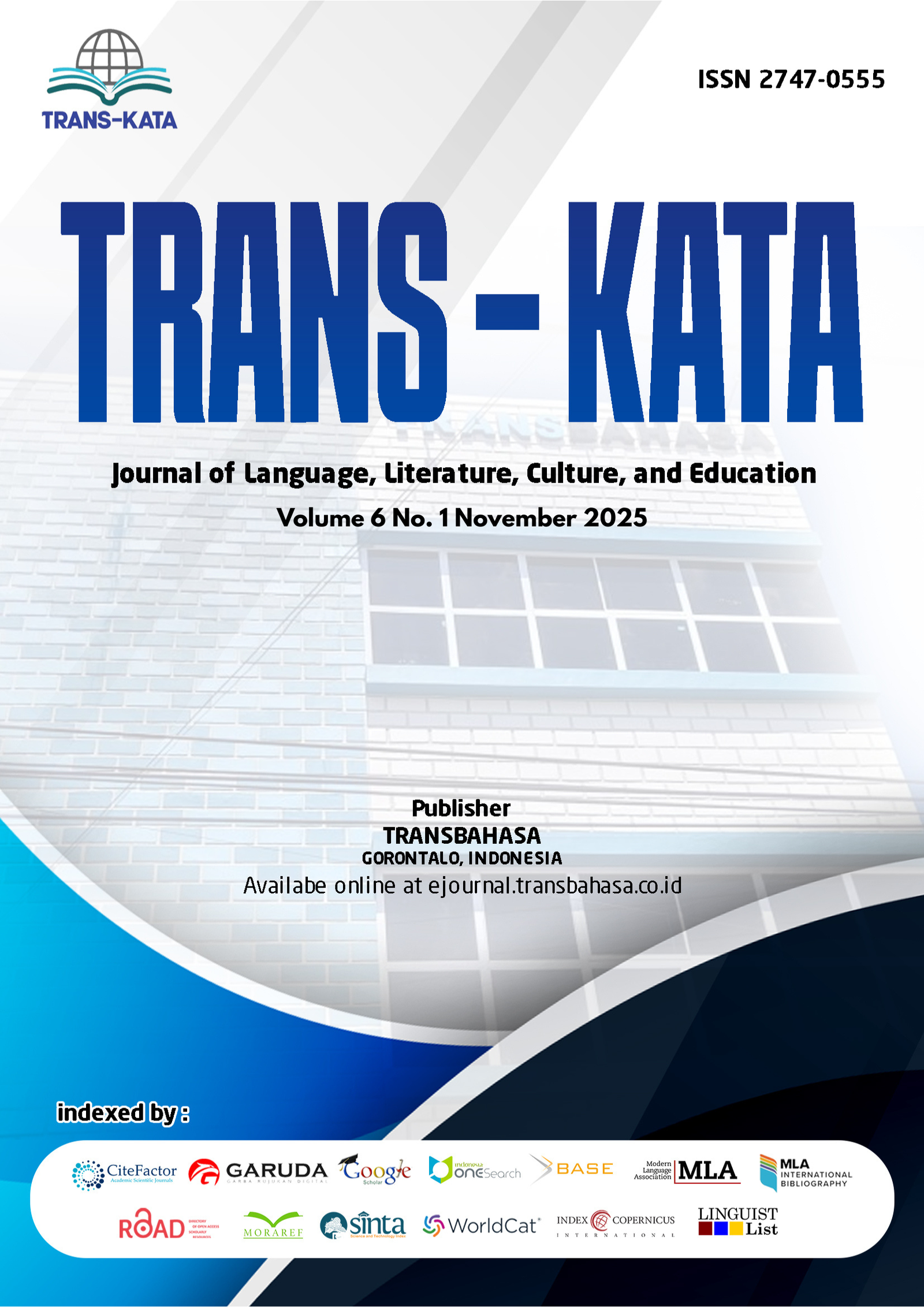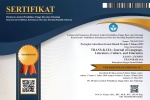Students’ Behavioral Engagement and Overreliance on Grammarly Feedback: A Narrative Inquiry
DOI:
https://doi.org/10.54923/jllce.v6i1.182Keywords:
Behavioral engagement, automated feedback, English writing, higher education, revision strategiesAbstract
Grammarly is a platform that enables automated feedback, such as paraphrasing, improving sentence structure, and grammar checking, to help students produce more accurate writing. Despite its usefulness, concerns exist about its potential to cause overreliance, especially among long-term users. However, limited research has examined how upper-intermediate students behaviorally engage with Grammarly. This study addresses the gap by exploring students’ behavioral engagement and examining whether it serves as a helpful tool or a source of overreliance. Using qualitative methods with a narrative inquiry design to collect responses, data were collected through in-depth interviews with three purposely selected participants who used Grammarly in the long term and were enrolled in an Advanced Writing class from Mulawarman University. Thematic analysis was used to identify themes by coding and comparing participants' narratives. This study found that students accepted feedback on clarity, grammar, and spelling, but often rejected unclear feedback. Their revision strategies involved several other platforms. Despite its benefits, students felt unsure about submitting their assignments without Grammarly checking, which indicates overreliance. This study highlights the need for students and educators to critically use Grammarly as a platform or a helpful tool to foster teaching effectiveness and the development of students' independent writing skills.
Downloads
Downloads
Published
How to Cite
Issue
Section
License
Copyright (c) 2025 Syarifah Nur Aminah, Aridah Aridah, Iwan Setiawan, Maria Teodora Ping

This work is licensed under a Creative Commons Attribution-ShareAlike 4.0 International License.





